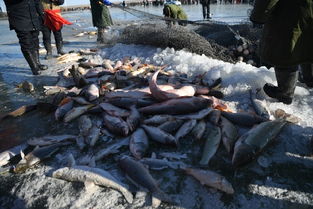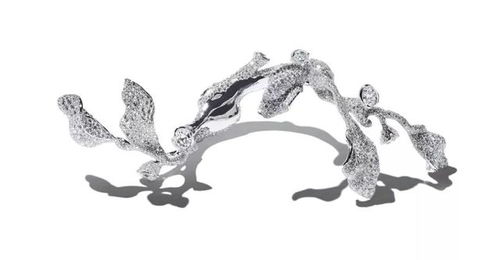
Content:
Introduction: Nighttime mudfish fishing is a unique and thrilling experience that offers anglers the chance to catch these elusive creatures under the glow of moonlight. Whether you are a seasoned angler or a beginner, mastering the art of nighttime mudfish fishing requires a combination of knowledge, skill, and patience. In this article, we will delve into the essential techniques and tips to help you become a proficient night-time mudfish angler.
Choosing the Right Location: The first step in successful nighttime mudfish fishing is selecting the right location. Mudfish are commonly found in slow-moving streams, rivers, ponds, and lakes. Look for areas with abundant vegetation, rocks, and debris, as these spots provide hiding places for mudfish. It is also important to consider the water temperature, as mudfish prefer cooler waters.
Timing is Key: The best time to fish for mudfish at night is during the twilight hours, when the sun sets and the moonlight begins to illuminate the water. This period is known as the "transition" or "dusk" period. During this time, mudfish are most active and more likely to bite. Plan your fishing trip accordingly, and arrive at the fishing spot about an hour before the sun sets.
Choosing the Right Equipment: To effectively fish for mudfish at night, you will need the right equipment. Here are some essential items to consider:
a. Rod and Reel: A lightweight spinning rod with a medium-action is ideal for nighttime mudfish fishing. The reel should have a smooth drag system and a comfortable handle.
b. Line: Use a monofilament line with a thickness between 6 to 12 pounds, depending on the size of the mudfish you are targeting. A braided line can also be used, but it may be more challenging to cast in the dark.
c. Lures and Baits: Nighttime mudfish are attracted to various lures and baits. Live bait, such as worms, insects, or small fish, can be highly effective. Artificial lures like jigs, spinners, and spoons can also work well, especially when fished near the bottom.
Presenting the Bait: When fishing at night, it is crucial to present your bait in a way that mimics the natural movement of mudfish. Here are some tips:
a. Slow and Steady: Cast your line gently and retrieve your bait slowly. This allows the mudfish to detect the movement and trigger a strike.
b. Vertical Fishing: Mudfish often feed near the bottom, so it is essential to fish vertically. Let your bait sink to the bottom and then gently twitch it to imitate the natural movement of mudfish.
c. Use Flashy Lures: When fishing at night, it is important to use lures with bright colors or reflective materials. This helps attract the attention of mudfish in low-light conditions.
Patience and Persistence: Nighttime mudfish fishing requires patience and persistence. Mudfish are known for their elusive nature, and it may take some time to find them. Stay focused and keep experimenting with different techniques and baits until you start catching fish.
Safety Precautions: When fishing at night, it is crucial to prioritize safety. Always inform someone about your fishing trip, wear appropriate clothing, and carry a flashlight or headlamp to see in the dark. Be aware of your surroundings and stay on marked trails or designated fishing spots.
Conclusion: Nighttime mudfish fishing can be a challenging but rewarding experience. By understanding the essential techniques and tips outlined in this article, you can increase your chances of success and enjoy a memorable night out on the water. Remember to be patient, persistent, and always prioritize safety. Happy fishing!












